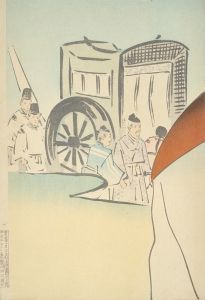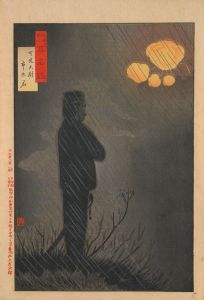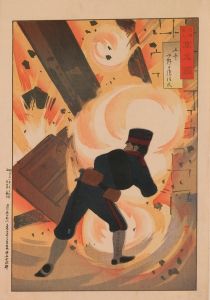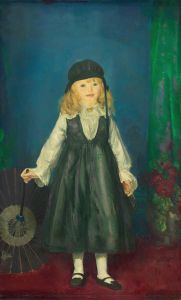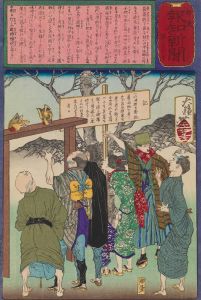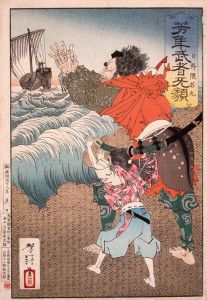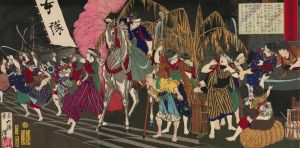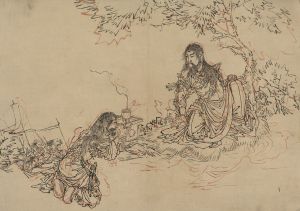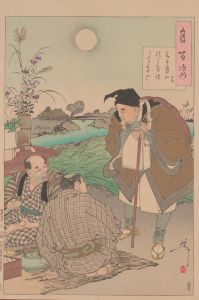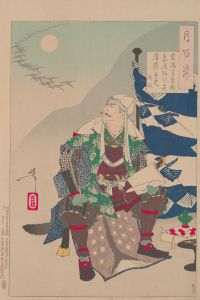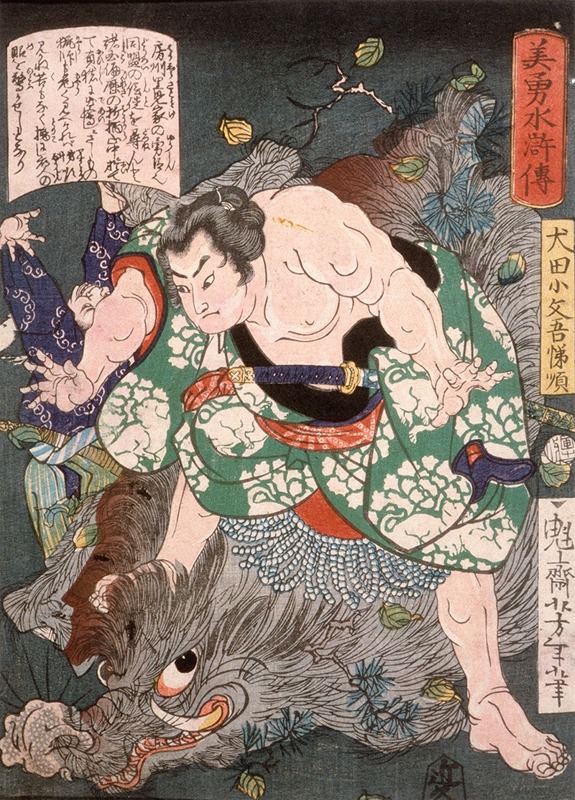
Inuta Kobungo Yasuyori Killing a Boar
A hand-painted replica of Tsukioka Yoshitoshi’s masterpiece Inuta Kobungo Yasuyori Killing a Boar, meticulously crafted by professional artists to capture the true essence of the original. Each piece is created with museum-quality canvas and rare mineral pigments, carefully painted by experienced artists with delicate brushstrokes and rich, layered colors to perfectly recreate the texture of the original artwork. Unlike machine-printed reproductions, this hand-painted version brings the painting to life, infused with the artist’s emotions and skill in every stroke. Whether for personal collection or home decoration, it instantly elevates the artistic atmosphere of any space.
"Inuta Kobungo Yasuyori Killing a Boar" is a woodblock print by the renowned Japanese artist Tsukioka Yoshitoshi, created as part of his series "One Hundred Aspects of the Moon" (Tsuki hyakushi). Yoshitoshi, who lived from 1839 to 1892, is celebrated for his innovative and dynamic approach to ukiyo-e, a genre of Japanese woodblock prints that flourished from the 17th through the 19th centuries. His work often depicted historical scenes, folklore, and kabuki theater, and he is particularly noted for his ability to capture the psychological depth and drama of his subjects.
This particular print, "Inuta Kobungo Yasuyori Killing a Boar," is inspired by the epic Japanese tale "Nansō Satomi Hakkenden" (The Eight Dog Chronicles), written by Kyokutei Bakin in the early 19th century. The story is a lengthy and complex narrative that intertwines themes of loyalty, family honor, and the supernatural, revolving around the adventures of eight samurai brothers, each associated with a particular virtue and symbolized by a bead of a rosary. These brothers are said to be the spiritual descendants of a dog, hence the title "Hakkenden," which translates to "Chronicles of the Eight Dogs."
In the print, Yoshitoshi depicts the character Inuta Kobungo Yasuyori, one of the eight samurai, in a dramatic moment of action. Kobungo is shown in the act of slaying a wild boar, a scene that exemplifies his bravery and martial prowess. The composition captures the intensity of the moment, with Kobungo's dynamic posture and the ferocity of the boar rendered in vivid detail. Yoshitoshi's use of line and color enhances the sense of movement and tension, drawing the viewer into the climactic encounter.
The "One Hundred Aspects of the Moon" series, to which this print belongs, was produced between 1885 and 1892 and is considered one of Yoshitoshi's masterpieces. Each print in the series explores themes related to the moon, drawing from a wide range of sources including history, literature, and legend. The moon often serves as a symbolic element, reflecting the emotions and inner thoughts of the characters depicted.
Yoshitoshi's work came at a time of great change in Japan, as the country was transitioning from the Edo period to the Meiji era. This was a period marked by rapid modernization and Western influence, which posed challenges to traditional Japanese art forms like ukiyo-e. Despite these challenges, Yoshitoshi managed to sustain interest in woodblock printing through his innovative techniques and compelling storytelling.
"Inuta Kobungo Yasuyori Killing a Boar" exemplifies Yoshitoshi's ability to blend traditional Japanese themes with a modern sensibility, making his work accessible and engaging to audiences both in his time and today. His prints are celebrated for their technical excellence and emotional depth, and they continue to be studied and admired for their contribution to the art of ukiyo-e.
Yoshitoshi's legacy is significant, as he is often credited with revitalizing the ukiyo-e tradition at a time when it was in decline. His influence can be seen in the works of later artists and in the continued appreciation of Japanese woodblock prints worldwide. "Inuta Kobungo Yasuyori Killing a Boar" remains a striking example of his artistic vision and skill.





